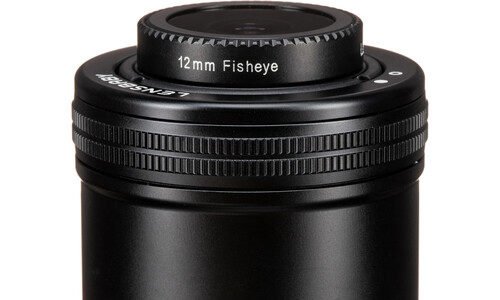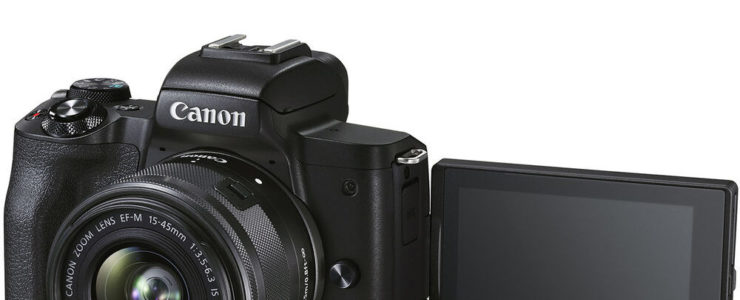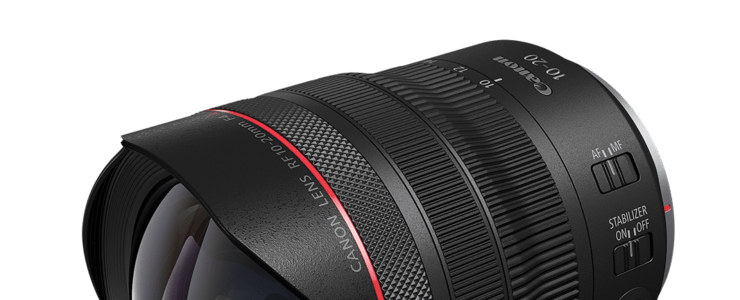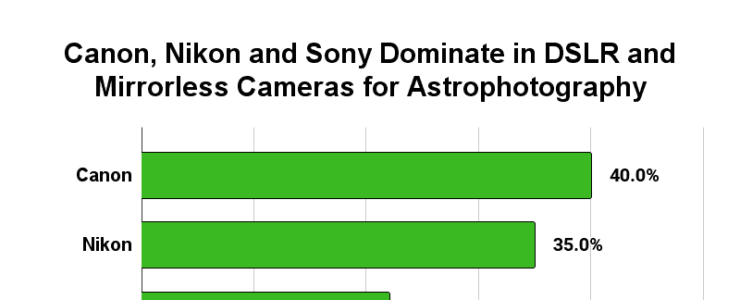Canon announced the Canon RF 10-20mm f/4L IS STM lens for the EOS R system. The Canon RF10-20mm F4 L IS STM lens is expected to be available in November for an estimated retail price of $2,299.
At a glance:
- Full-Frame | f/4 to f/22
- Fast Wide-Angle Zoom
- High-Speed STM Autofocus System
- Optical Image Stabilizer
- Programable Control Ring
- One Super UD and Three UD Elements
- Air Sphere and SWC Coatings
- Weather-Sealed Construction
Canon RF 10-20mm f/4L IS STM preorders: B&H PHoto | Adorama
Worldwide preorders:
America: B&H Photo, Adorama, Amazon USA, Amazon Canada, Canon Canada, Canon USA
Europe & UK: Amazon DE, Amazon UK, Amazon IT, Canon IT, WEX Photographic, Canon FR, Canon UK, Canon DE
Canon press release:
Going Wide: Canon Introduces The RF10-20mm F4 L IS STM to Its Lens Lineup
MELVILLE, NY, October 11, 2023 – Today, Canon U.S.A., Inc., a leader in digital imaging solutions, announced the launch of the RF10-20mm F4 L IS STM lens, a full-frame ultra wide-angle lens that can help the work of a professional photographer or serious enthusiast stand out from the crowd.
Opening the door to supreme full-frame visual possibilities, the RF10-20mm F4 L IS STM lens continues Canon’s respected reputation for optical excellence associated with L-series lenses. This new addition enhances optical performance with a modern mirrorless lens design that is fully equipped with key features, including:
- New Image Stabilization (IS) technology, to help minimize wide-angle “fluttering” at outer areas of frame
- Impressively compact size and light weight (1.25lbs/570g) at half the weight of EF series 11-24mm f/4 L lens
- Super quiet Canon STM focus drive motor, which is ideal for video and marking the first time this technology appears in a Canon L-series lens
Speaking directly to the professional video and stills visual storyteller, the RF10-20mm F4 L IS STM features a built-in lens hood and lens function button on the barrel for customizing functions such as AF settings, Pre-Recording, Zebras and more. For landscapes, cityscapes, architectural, real estate and weddings, the RF10-20mm F4 L IS STM lens is a widely important lens for any professional to have at the ready.







